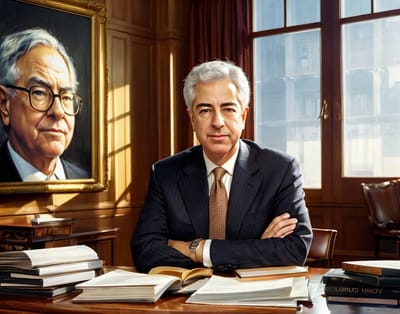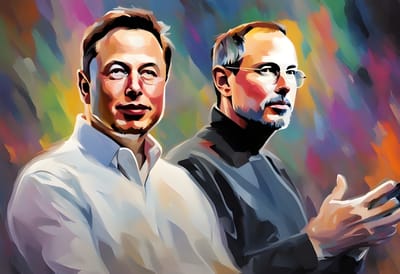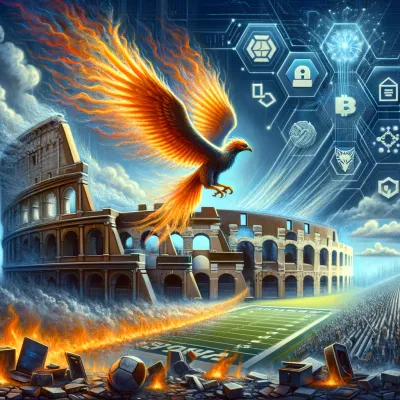Tesla's Disruptive Force: The Platform Business Model that Snuffed Out Apple
Apple's failed attempt to invent an EV is a caution flag for investors and a lesson in strategy failure

This post is for paying subscribers only
Subscribe to continue reading




